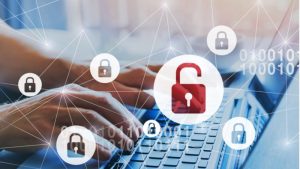Middle and high school students will have the opportunity to become certified Chromebook repair technicians through a new course from education technology company CTL.
The rise of artificial intelligence (AI) in K-12 schools has accelerated, with 46% of teachers indicating it was generally permitted in the 2024-2025 school year, up from 36% in the previous school year, according to a national survey of teachers, parents, and students conducted by the nonpartisan, nonprofit Center for Democracy and Technology (CDT).
Lincoln Public Schools (LPS) students will soon be able to connect across the city thanks to an expanded fiber-optic broadband internet program.
K-12 IT leaders overwhelmingly agree that artificial intelligence (AI) is vital for students’ success, but most districts are still stuck in pilot mode, according to new MeriTalk research.
While 57% of school districts report using AI in their network environments, most are still in the early stages of implementation for their back-end systems, according to a new survey from the Consortium for School Networking (CoSN).
As federal support for K-12 cybersecurity dwindles, a new Consortium for School Networking (CoSN) report reveals state lawmakers are moving to fill the gap, with bipartisan efforts in five states reshaping how K-12 schools prepare for mounting cyber threats.
First Lady Melania Trump on Aug. 26 invited K-12 students and educators across the country to participate in the Presidential Artificial Intelligence (AI) Challenge, which is designed to boost understanding and innovation in the rapidly evolving field of AI.
More than 400 school district leaders from across the country are calling on Congress and the Trump administration to restore Federal funding and leadership for K-12 cybersecurity and educational technology.
A new report from the U.S. Government Accountability Office (GAO) finds that K-12 education systems around the United States – particularly some of those in rural areas – are facing significant challenges in fully realizing the benefits of Federal government funding for science, technology, engineering, and mathematics (STEM) education.
The White House has announced that more than 60 companies have joined its pledge to provide K-12 students with resources to ready the next generation of workers for an AI-driven economy.









